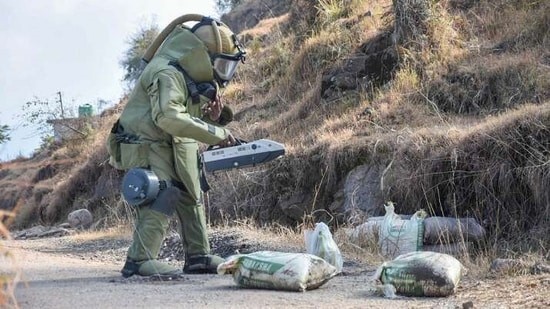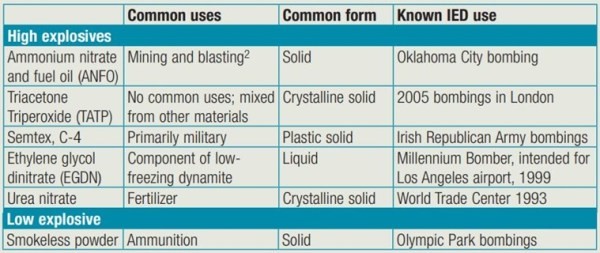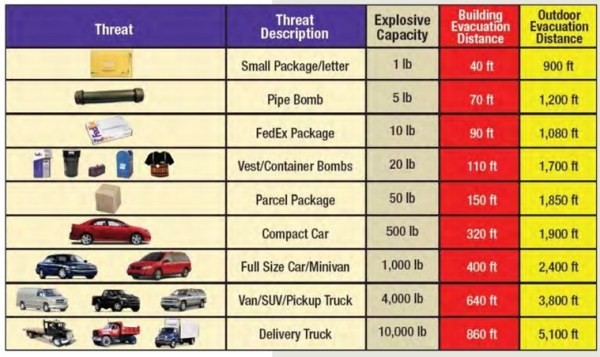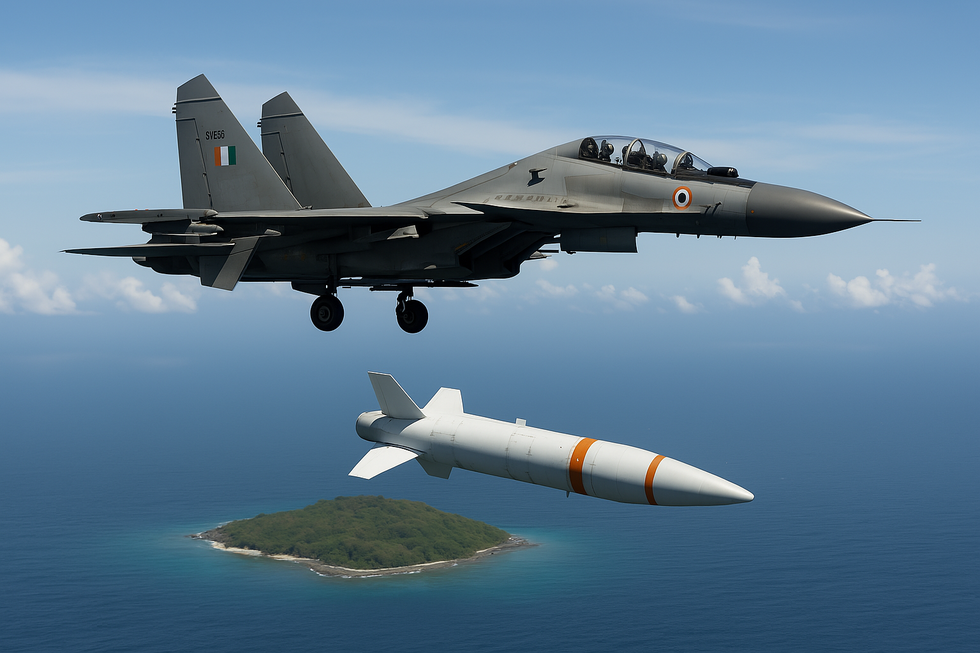Description

Disclaimer: Copyright infringement not intended.
Context
At least nine people were injured after an explosion at the bustling Rameshwaram Cafe in Bengaluru’s Whitefield area on Friday (March 1), possibly by an improvised explosive device (IED)
Details
A home-made bomb
- An IED is basically a home-made bomb.
- According to a factsheet by the United States Department of Homeland Security, “because they are improvised, IEDs can come in many forms, ranging from a small pipe bomb to a sophisticated device capable of causing massive damage and loss of life.”
- IEDs can be deployed using a vehicle, carried, placed, or thrown by a person, delivered in a package, or concealed on the roadside.
- While they have been in used for over a century, the term “IED” first entered common usage during the United States’ Iraq invasion (beginning in 2003), where such bombs were commonly used against US forces.

Components of an IED
- Each IED comprises a few basic components, which can come in various forms, depending on resources available to the bomb-maker. These include an initiator or a triggering mechanism, (which sets the explosion off), a switch (which arms the explosive), a main charge (which causes the explosion), a power source (since most IEDs contain an electric initiator, they require an electronic power source), and a container.
- Additionally, IEDs may be packed with additional materials or “enhancements” such as nails, glass, or metal fragments designed to increase the amount of shrapnel released by the explosion — and thus the damage it causes. Enhancement may also include hazardous materials such as toxic chemicals, or radio-active circumstances — an IED packed with, say, depleted Uranium will be colloquially called a “dirty bomb”.

- Some common materials used to build IEDs include fertilisers such as ammonium nitrate and urea nitrate, gunpowder, and hydrogen peroxide. The reasons why passengers are not allowed to carry beyond a certain quantity of liquids aboard commercial aircraft is the possibility of creating IEDs on site by mixing some commonly available liquids.
The damage IEDs cause
- IEDs are not simply used to kill and injure — they have often, especially in active war zones, been used as distractions.
- The extent of damage caused by an IED depends on its size, construction, and placement, and whether it incorporates a high explosive or propellant.

- Typically, IEDs come with a very clear trade-off. While smaller bombs are easier to hide, carry, and deploy, they are also generally much less damaging than larger ones, especially ones deployed using vehicles.
- Some notable instances of IEDs being used in the past include the 1993Mumbai serial blasts, the 2008 Jaipur blasts, the 2006 Jama Masjid bombings, and the 2013 Bodh Gaya bombings. IEDs have also been commonly used by Maoist insurgents, and Kashmiri militants.
|
PRACTICE QUESTION
What are the major challenges and strategies in ensuring internal security in India, particularly in the context of evolving threats such as terrorism, insurgency, cybercrime, and communal tensions?
|


















